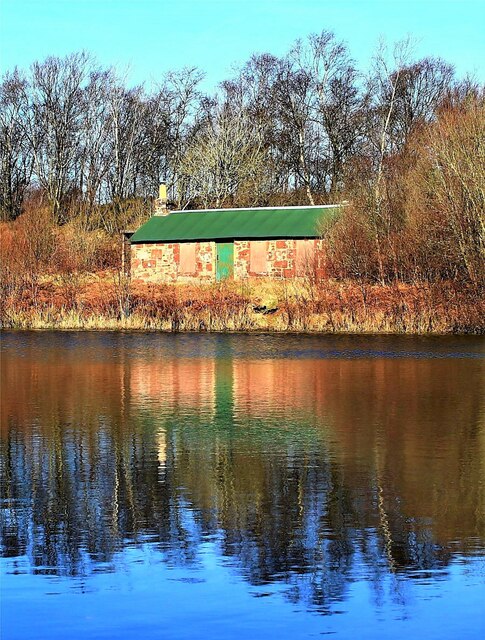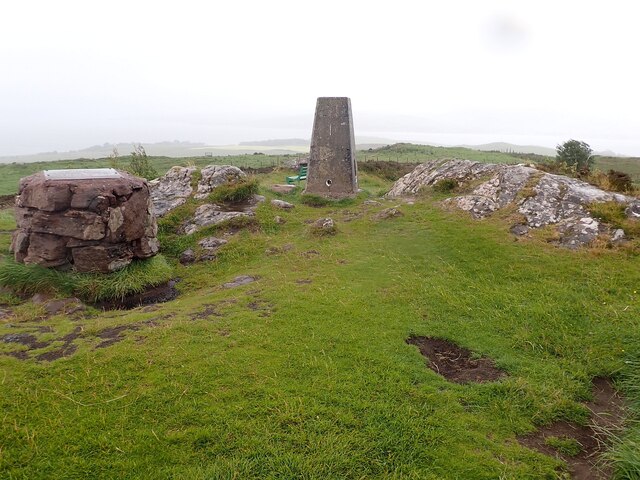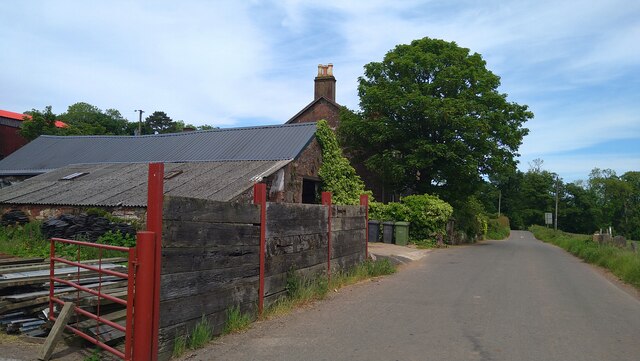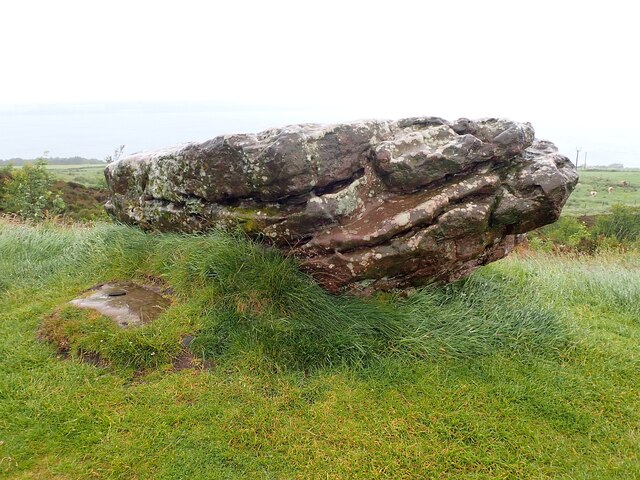Ballihewan Wood
Wood, Forest in Buteshire
Scotland
Ballihewan Wood

Ballihewan Wood is a picturesque forest located in Buteshire, Scotland. Spanning over a vast area of approximately 500 acres, this woodland is renowned for its breathtaking natural beauty and diverse flora and fauna. It is situated near the small village of Ballihewan, nestled amidst the rolling hills and rugged landscapes of the region.
The wood is characterized by its dense canopy of towering trees, mainly composed of oak, birch, and Scots pine. The forest floor is covered with a rich carpet of mosses, ferns, and wildflowers, creating a vibrant and enchanting atmosphere. The trees provide a haven for a wide variety of bird species, including woodpeckers, owls, and various songbirds, making it a popular destination for birdwatchers.
Walking trails meander through the wood, offering visitors the opportunity to immerse themselves in the tranquility of nature. The paths are well-maintained and suitable for all levels of hikers, providing access to the most scenic spots within the forest. There are also several picnic areas and benches strategically placed throughout the wood for visitors to relax and enjoy the surroundings.
Ballihewan Wood is not only a haven for nature enthusiasts but also serves as an important ecological site. The forest provides a habitat for various mammals, including deer, foxes, and rabbits. It also plays a crucial role in preserving the local ecosystem and acts as a carbon sink, contributing to the mitigation of climate change.
Overall, Ballihewan Wood in Buteshire is a captivating and ecologically significant forest that offers a tranquil escape for visitors while providing a sanctuary for diverse plant and animal life.
If you have any feedback on the listing, please let us know in the comments section below.
Ballihewan Wood Images
Images are sourced within 2km of 55.784629/-4.9124959 or Grid Reference NS1758. Thanks to Geograph Open Source API. All images are credited.








Ballihewan Wood is located at Grid Ref: NS1758 (Lat: 55.784629, Lng: -4.9124959)
Unitary Authority: North Ayrshire
Police Authority: Ayrshire
What 3 Words
///personal.unwraps.viewing. Near Largs, North Ayrshire
Nearby Locations
Related Wikis
The Cumbraes
The Cumbraes are a group of islands in the Firth of Clyde, Scotland. The islands belong to the traditional county of Bute and the modern unitary authority...
Great Cumbrae
Great Cumbrae (Scottish Gaelic: Cumaradh Mòr) is the larger of the two islands known as The Cumbraes in the lower Firth of Clyde in western Scotland. The...
Lady Margaret Hospital
Lady Margaret Hospital is a small 10-bedded hospital at Millport on Great Cumbrae in North Ayrshire, Scotland. It is managed by NHS Ayrshire and Arran...
Clark Memorial Church
The Clark Memorial Church is an active place of worship for the Church of Scotland in Largs, North Ayrshire, Scotland. It was designed by William Kerr...
Nearby Amenities
Located within 500m of 55.784629,-4.9124959Have you been to Ballihewan Wood?
Leave your review of Ballihewan Wood below (or comments, questions and feedback).











